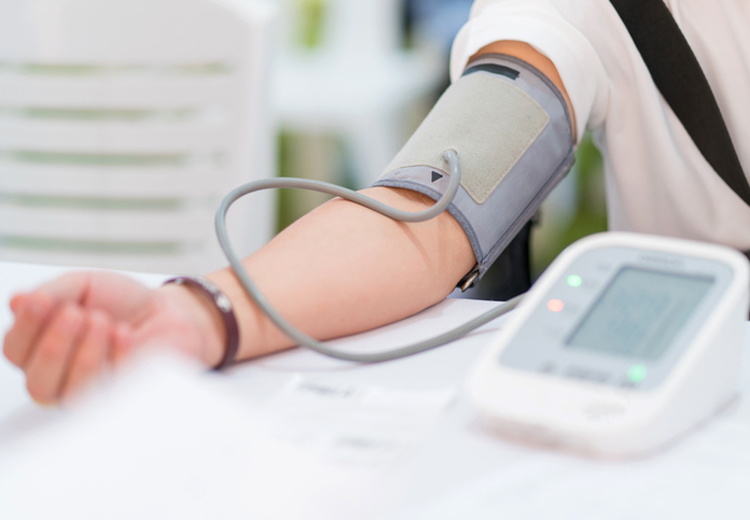Removing the cuff: smart innovations for measuring blood pressure

Sponsored by

Sponsored by

Machine learning and optical sensors can create a less invasive, less labour-intensive way of monitoring blood pressure with wearable tech
We already measure heart rate and blood oxygen saturation via non-invasive optical sensors. Blood pressure could be next. While inflatable cuff-based methods remain the gold standard for blood pressure monitoring, researchers at the United Arab Emirates University (UAEU) have combined optical techniques with machine learning to develop a cuff-less alternative.
What this means for patients and healthcare staff – particularly in intensive care settings where continuous blood pressure monitoring is a matter of life or death – is that these readings can be taken automatically with less discomfort for the patient.
Mohamed Atef, associate professor in UAEU’s Department of Electrical and Communication Engineering, has been working in the field for eight years. Atef’s system could be developed into a wearable device, with a microcontroller unit handling the computational heavy lifting.
“It can be in a smartwatch, a standalone system, a small-sized wearable,” he says. “The input comes from the optical sensor and photodiode to the microcontroller unit, which has our AI model, which we trained, and that gives you the output. The output can be displayed on the screen, maybe your smartphone or watch screen.
The principle of reading blood pressure data from an optical sensor is called photoplethysmography (PPG). The light from the optical sensor penetrates the skin and is reflected back, allowing us to monitor volumetric changes in our blood. “If there is a high blood volume there is large absorption of the light,” Atef says. “If there is a small blood volume there is small absorption. So now we have some information.”
This information is gathered non-invasively and is collected easily. The problem is interpreting it as it is too complex for the human eye. “It can’t be done by a human being just by looking at the chart,” Atef says. “So then we come to the idea that machine learning or AI can do this task for us.”
Developing this technology takes a lot of data. The machine learning algorithm must be trained before it achieves an acceptable level of accuracy. Collaborations with the medical college helped Atef develop the system. Underpinning all of this research is data. An open-source data set from the Massachusetts Institute of Technology got Atef started before he constructed his own. The quality of data is hugely important. “When I was doing my PhD my advisor told me, ‘rubbish in, rubbish out’. So if you have a bad data set, whatever you do – whatever excellent work you do – you will have a bad outcome,” Atef says.
Finding enough volunteers to trial the system remains a challenge. It might require collaboration with a number of institutions before they can get enough volunteers. “We are looking for that, and it is promising,” Atef says.
Furthermore, this research holds promise for future innovations. The principles established by Atef’s research in PPG and machine learning systems could also be used to measure blood sugar levels, which could revolutionise how people with diabetes can manage their condition. The potential for healthcare is huge.
Find out more about measuring blood pressure based on PPG.
Find out more about the United Arab Emirates University.